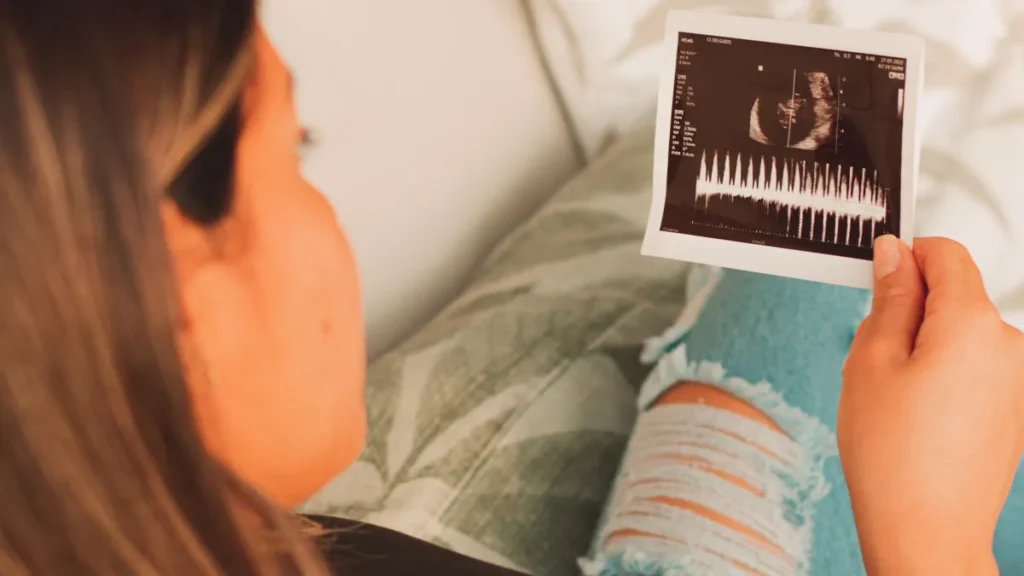
What is a fertility window? A guide to ovulation
Are you having a hard time while trying to conceive? Knowing what is a fertility window and when it occurs might help you!
Table of Contents
ToggleIntroduction
Whether you’re trying to conceive or just a normal girl navigating through physical changes in her body, it is essential to know about the changes your body goes through every month to take effective care of yourself and keep yourself going. Ovulation and fertility window are closely connected and it is the perfect time to conceive and offers a high chance of resulting in pregnancy. This usually happens as a monthly cycle around menstruation in women.
Let us discover more about the fertility window with a complete guide to ovulation!
What is ovulation?
Ovulation is the phase of the menstrual cycle. It is when the egg is released from the ovary and prepared for fertilization. The ovulation period continues for the next 6-7 days. This process takes place about 2 weeks before menstrual periods. Ovulation may cause many hormonal and physical changes in the body.
Ovulation symptoms
- Pain in the lower abdomen and pelvic region.
- Increase in libido and a higher sexual drive in the days before ovulation.
- The breast feels tender and enlarged during ovulation.
- Bloating may occur in the abdomen.
What is a fertility window?
A fertility window refers to a period when a woman is most likely to get pregnant. This window is closely related to ovulation. The fertility window opens when the egg is being prepared for release from the ovary for fertilization; this process takes 1-2 days. On the last day, the ovulation process starts for the next 6-7 days before menstruation in women.
How do I track the fertility window?
You can track your fertility window using simple methods:
- Calendar method: You can mark the first day of your period and calculate essential dates like the average length of your cycle for at least six months. The duration can be monitored according to the average time of ovulation, fertility window, etc.
- Fertility monitor: You can use fertility monitors to track body changes like heart rate, breathing, basal body temperature (BBT), etc., which can help monitor your fertility window and other essential parameters regularly.
- Cervical mucus method: In this method, you are required to monitor the amount and consistency of your vaginal mucus every day and record the observations on a chart. You are most likely to be ovulating if your mucus is wet, slippery, and stretchy, similar to raw egg whites.
- Ovulation kit: These kits are specially designed for women to track their ovulation days and keep a record of their most fertile days from conception. There are many kits, like urine test kits, saliva test kits, and digital ovulation kits, that can help you evaluate your fertile window.
Tips for maximizing conception chances
You can maximize your conception chances and improve your fertility window duration and effectiveness with simple steps:
- Maintain a healthy lifestyle: Keeping yourself healthy is the key to keeping your body active. A healthy eating choice, including exercise in your daily routine and good sleeping habits, may increase your chances of conception.
- Avoiding unhealthy habits and addictions: You need to avoid smoking, alcohol, and excessive caffeine to lead a healthy life and have better chances at conception.
- Stress management and mental relaxation: It is important to take care of your mental health and keep yourself away from stressful environments for better physical health as it can affect your menstrual cycle, ovulation, and overall fertility chances.
- Timing intercourse: You can use various methods to track fertility windows to time intercourse effectively for better chances of conception.
Additional Tip: You can use applications that track cycles to keep tabs on your cycles.
Conclusion
Understanding and awareness of your fertility window is essential for every woman. For those not trying to conceive, knowing your fertility window can help in family planning and contraception decisions. No matter the goal, you must have a proper calendar and dates expected for ovulation, menstrual cycle, and other monthly cycles to gain valuable insights into your reproductive health take care and plan your activities accordingly. It is important to maintain your physical and mental health for better changes at conception and your overall cycle to be healthy.
FAQs
Q1: What is a fertility window?
Ans: A fertility window refers to a period when a woman is most likely to get pregnant. This window is closely related to ovulation.
Q2: How long is the fertility window?’
Ans: The fertility window usually remains for 12-24 hours before the ovulation period starts.
Q3: What is ovulation?
Ans: Ovulation is the phase of the menstrual cycle. It is when the egg is released from the ovary and prepared for fertilization.
Q4: How can I track my fertility window?
Ans: You can track your fertility window by using various methods and tools like calendar method, fertility monitor, cervical mucus method, ovulation kit, etc.
Q5: Can ovulation be skipped?
Ans: Yes, stress, illness, or hormonal imbalances can sometimes cause ovulation to be skipped.
